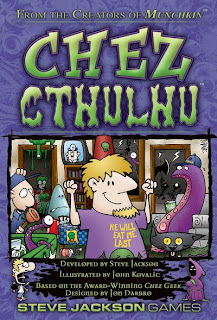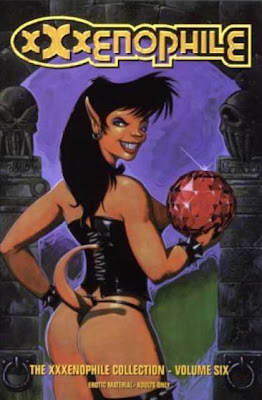 The Crazies, a remake of the 1970s George A. Romero movie of the same name, dips into familiar horror movie themes. Fortunately, it does so well enough to be an entertaining B movie.
The Crazies, a remake of the 1970s George A. Romero movie of the same name, dips into familiar horror movie themes. Fortunately, it does so well enough to be an entertaining B movie.The town of Ogden Nash is a peaceful farming community straight out of small town America. Sheriff David Dutton (Timothy Olyphant) and Deputy Russell Clank (Joe Anderson) seem to have few cares beyond the town baseball game. Doctor Judy Dutton (Radha Mitchell), the sheriff's wife, takes care of folks and is pregnant with her first child. Becca (Danielle Panapbaker) is a teenager eager to spend time with her boyfriend Scotty (Justin Miles). When townsfolk start staring into space, it's a little unnerving. When they suddenly start killing friends and family for no reason, it's disturbing.
 But in the tradition of many many horror movies, the authorities are just as great a threat as the monsters. Shortly after the killings start, government troops in containment suits start rounding up the people of Odgen Nash -- and follow a policy of "shoot first, don't question later" when it comes to the infected. (Since George A. Romero is an executive producer of The Crazies, this element is no surprise.) Aerial shots of the town and its people reinforce the idea that Big Brother is watching.
But in the tradition of many many horror movies, the authorities are just as great a threat as the monsters. Shortly after the killings start, government troops in containment suits start rounding up the people of Odgen Nash -- and follow a policy of "shoot first, don't question later" when it comes to the infected. (Since George A. Romero is an executive producer of The Crazies, this element is no surprise.) Aerial shots of the town and its people reinforce the idea that Big Brother is watching.Soon, with the town virtually empty, David, Judy, Russell and Becca are trying to get to the next town over -- while dealing with the infected, the military, and even other survivors. Of course, they also have to worry about each other possibly being infected...
The Crazies is straightforward, violent horror movie entertainment. While thecharacters are very black and white, there are some impressively scary scenes (notably a trip through a car wash that only allows glimpses of those after them) and violence that's extreme but not overdone. The Crazies offers lots of scares and proves to be a solid, smart horror movie.
Overall grade: B
Reviewed by James Lynch














 On a player's turn they place a tile on the board. The player scores a point for each matching color space radiating in a straight line in five directions from the color on the placed tile (players don't score points off the placed tile itself), than advancing the color marker up their score card. If a player's color marker reaches 18, that player can play and score a second tile. A player then draws replacement tiles for each tile they played; if a player has no tiles with their lowest-point color, the player can discard all their tiles and draw six new tiles.
On a player's turn they place a tile on the board. The player scores a point for each matching color space radiating in a straight line in five directions from the color on the placed tile (players don't score points off the placed tile itself), than advancing the color marker up their score card. If a player's color marker reaches 18, that player can play and score a second tile. A player then draws replacement tiles for each tile they played; if a player has no tiles with their lowest-point color, the player can discard all their tiles and draw six new tiles.
















